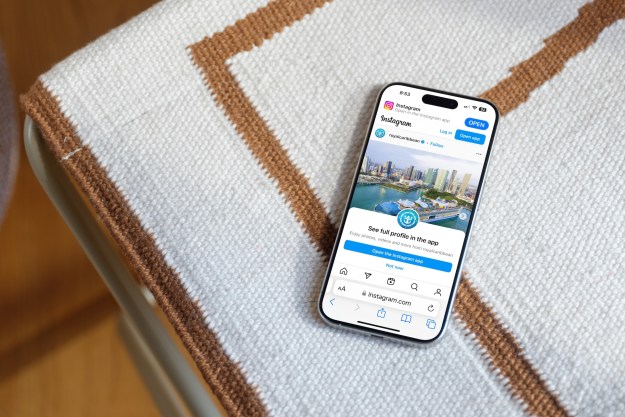Have you ever been on a road trip and completely lost cellular coverage on a road in the middle of nowhere? Plenty of us have. Now, however, you may be able to tell when you’re going to lose coverage, thanks to Here Technologies’ new road coverage map, which shows exactly how good the cellular coverage is on roads around the world.
Here Technologies says the data covers all kinds of roads, from highways to rural streets, and it offers information like network coverage, available carriers, bandwidth, and so on. The data also covers signal strength, which is represented as being poor, fair, good, or excellent.
The information is aimed largely at carriers and companies rather than consumers, so you can’t just go and look at it yourself, unfortunately. According to Here Technologies, the information could be used by carriers to improve their own network, ensuring that customers don’t lose coverage while on the road.
“Bandwidth is a limited and expensive resource,” said Aaron Mayfield, senior product manager at Here Technologies, in a statement. “As data traffic soars and new demands are placed on cellular networks, bandwidth optimization will increasingly become a delicate balancing act. Here Cellular Signals is a valuable resource to add to the toolbox of cellular carriers to help manage these challenges.”
The map itself, according to Here Technologies, is updated on average 800 million times per day, ensuring that it’s always up to date and accurate. To create the map, the company aggregated both cell and Wi-Fi traces as well as GPS coordinates. The data was taken from 250 million connected devices around the world, which use Here Technologies’ positioning tech.
Ultimately, the data could be used for a range of different situations. If it’s integrated into consumers mapping apps, those apps could warn you that you’ll lose coverage on a journey. It could also be used by automotive companies as they build connected cars to ensure that cars don’t lose coverage without warning.
Coverage on the roads is likely to become increasingly important. Eventually, it’s expected that autonomous cars will communicate with each other through the internet — which is partly why the rollout of 5G could be so groundbreaking. Even road infrastructure could eventually get connectivity. For example, traffic lights could change depending on how many cars are coming in any given direction.


